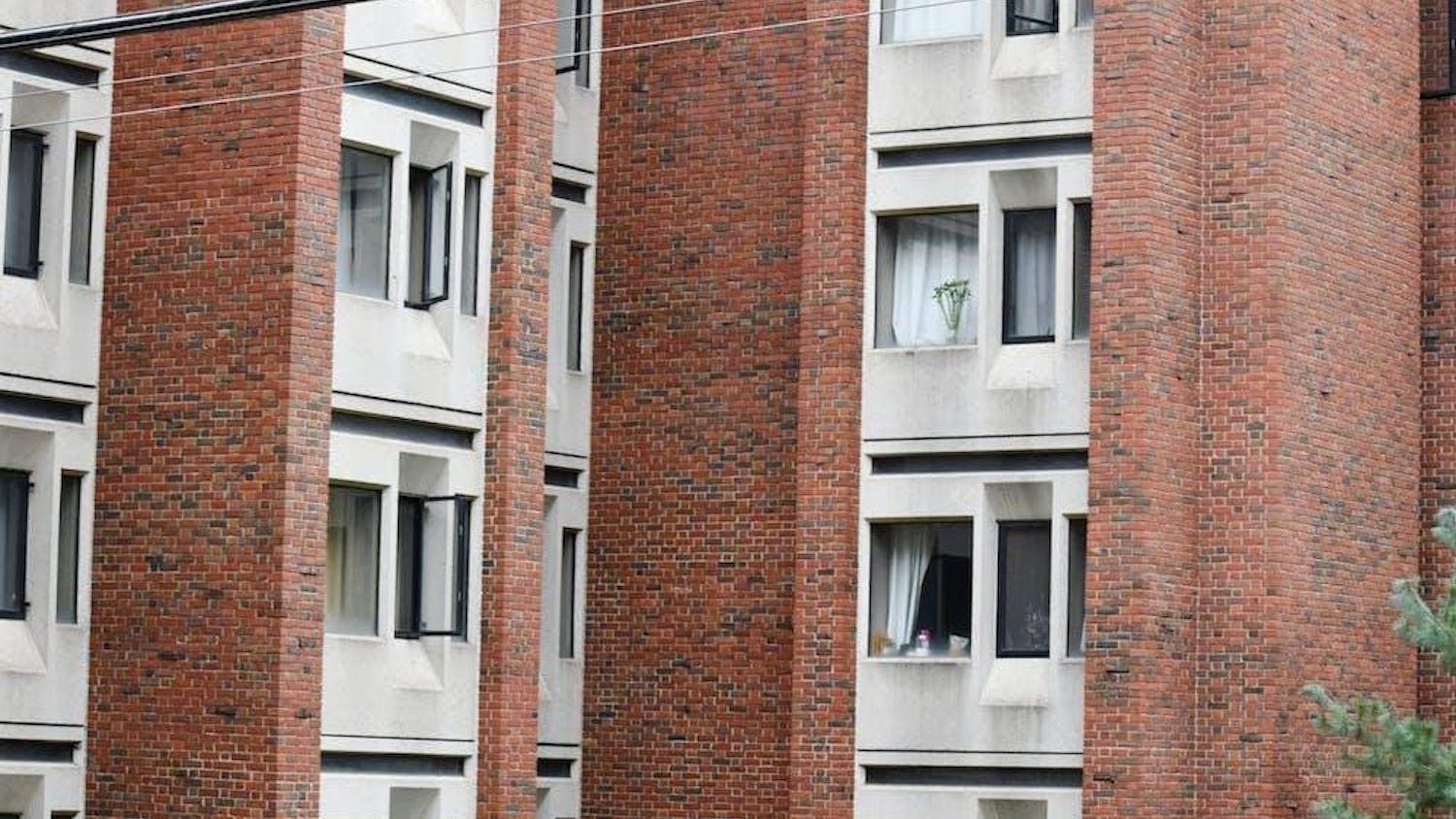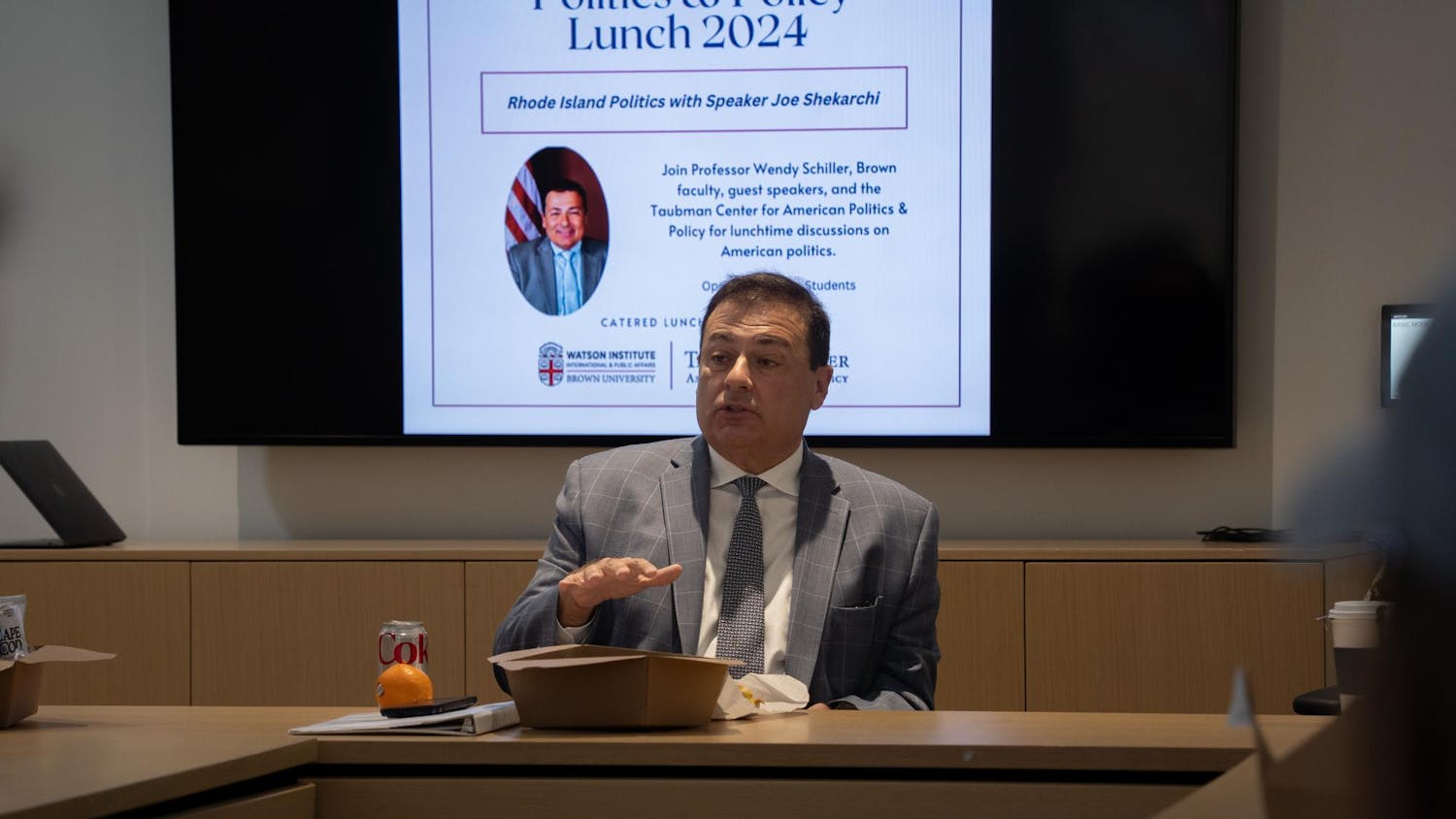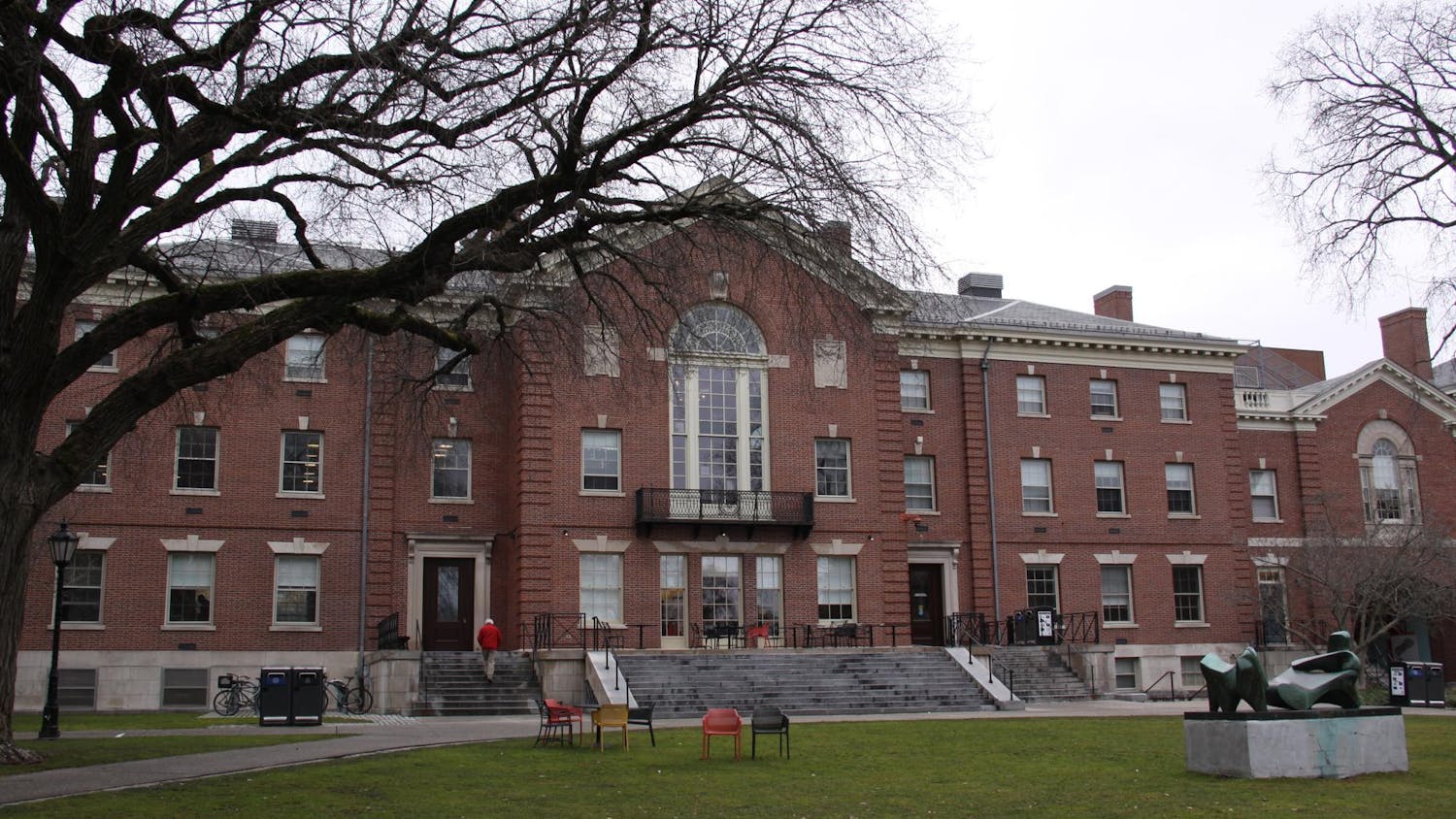Safewalk has seen a marked surge in walks this semester and is aiming for increased funding to expand to weekend service in the future, said Becky Willner '12, Safewalk coordinator.
The program completed 60 walks the night of Thursday, Sept. 29, and the following Thursday had 41 walks by 12:30 a.m., said Rory Macfarlane '14, a safewalker and one of five shift supervisors. Thursday nights last semester averaged fewer than 30 walks, according to a Safewalk internal report compiled last spring.
Though numbers vary by month, weather and time of night, teams consider 10 walks per two-hour shift to be a good benchmark, Macfarlane said. Safewalk offers walking companions to students traveling alone or in pairs on weeknights from 9 p.m. to 2:15 a.m.
One of Safewalk's major goals is to offer service on Friday and Saturday nights, but the additional funding necessary has proven elusive, and Willner said it would be difficult to find students willing to work on those nights. Safewalk is currently focused on increasing student use, especially for its call-in service, and augmenting awareness of the program through outreach events, Willner said. A greater presence would help Safewalk convince the Department of Public Safety to grant additional funding, she added.
Currently, DPS funds Safewalk based on a proposal compiled each spring by the Safewalk coordinator and Michelle Nuey, manager of public relations and outreach for DPS. Nuey declined to reveal how much funding Safewalk receives. DPS provides Willner about $1,800 yearly to fund apparel, promotional items, special events and self-defense training, Willner said. But the department covers payroll, vests and radios directly.
The program employs 60 students regularly, each of whom has a weekly shift with a partner, and 10 substitute walkers. Safewalk pays its workers a starting rate of $8.70 per hour. The shift from volunteer to paid service has ensured a full staff, Willner said. Two teams work each shift, except from 10:15 p.m. to 11 p.m. — the service's busiest time — when two shifts overlap and eight Safewalkers are on the streets.
Though some students may feel that Safewalk is usually used only when walkers have friends on duty, Safewalker Adaeze Nwakobi '14 said that is not the reality. "Most of the people that we walk, I've never seen them in my life," she said.
But not all students see the service as an essential component of campus safety. On Monday at 12:45 a.m., Noa Nessim '13 and Gideon Loevinsohn '12 were among those who turned down a Safewalk offer as they walked home from the Sciences Library. Nessim said if she were alone, she might have accepted but not because she would have felt unsafe. "I think it's a fun way to get from point A to point B," she said. "For me personally, I don't find (Safewalk) necessary to be safe."
One of Safewalk's greatest attributes is its ability to mitigate danger without frightening students, Willner said. "We don't want to scare people into being safe," she said. "We'd rather do that in a positive way, so instead of having more officers and surveillance, we'd rather depend on other students."
The program has come a long way from its inception in 1988, when it was established as a volunteer program to protect women's safety on campus. Now, the service is a paying campus job that works to make all walkers feel safe at night, Willner said.
Besides providing an extra set of safety monitors for DPS on campus, Safewalkers make students feel more comfortable through either their companionship or their presence, Macfarlane said. "Even if they brush us off," he said, "In their head, they see two people with yellow vests on, and they're reminded that they are in a city, and they should be aware of their surroundings at night."




